The energy efficiency community has been buzzing all week, boosted by President Obama’s State of the Union call to cut energy waste in half in the next twenty years. At Evergreen, we regularly cut home energy waste by 25% or more, so we’re not intimidated by that bold goal. We’re invigorated.
We’re also listening carefully to various reactions, and noticing how the public perception of energy efficiency is shifting. What used to be a pet project of the environmental movement has become an economic imperative – no matter where you stand on climate change. What used to be the concern of liberal tree-huggers is now widely recognized as capitalism’s next phase – no matter what your politics may be.
Energy journalist Elisa Wood breaks it down this way:
- In its first iteration, energy efficiency was better understood as energy austerity. Conserve, the experts exhorted. Wear the inconvenience (and an extra sweater) as a badge of honor.
- Next came true energy efficiency, what Wood calls “a way to save energy through technology. No sacrifice required, energy efficiency might even bring more comfort.”
- Last week, President Obama ushered in the era of energy productivity – the recognition that there is a real economic benefit to efficiency, independent of the environmental perks of cutting energy waste.
The dual appeals of efficiency and productivity have been gaining traction with individual homeowners for years, inspiring them to invest in home energy efficiency and rewarding them with greater comfort and lower costs for years. But the movement as a whole has been burdened by that first impression that efficiency was likely to be personally and politically painful. Touting the economic benefits of energy productivity changes the conversation, and makes President Obama’s goal an economic coup as well as an environmental one.
“By doubling productivity, we’ll wring more out of every dollar spent on energy, helping families improve the quality of their lives by freeing up money to either save or spend on other things,” said Kateri Callahan, president of the Alliance to Save Energy.
The Alliance is a nonprofit organization that promotes energy efficiency worldwide through research, education, and advocacy. With a board that includes members of Congress, corporate CEOs, and nonprofit presidents, the Alliance has a balanced, bipartisan voice, and its Energy 2030 calls for exactly the same goals President Obama set forth last week. “Twenty national energy experts spent a year developing a plan to double U.S. energy productivity, and it took the White House just days to publicly embrace it,” said Callahan.
Dig into the numbers a little and it’s easy to see why. As Wood summarizes, “The report found that doubling our energy productivity will add 1.3 million jobs in 2030 and lead to household savings of about $1,000 per year. Moreover, such productivity could increase national industrial output by $100 billion in 2030, the report said.”
Those of us who got into this game for environmental reasons are applauding the Alliance’s estimate that “doubling energy productivity would deliver substantial reductions in carbon dioxide… with emissions falling 22% below 2005 levels by 2020 on the way to a 33% reduction by 2030.” But the point of this third wave of energy efficiency is that the environmental benefits don’t have to matter.
Getting there won’t be easy, but there are more reasons to invest in efficiency than there are excuses for ignoring it.






